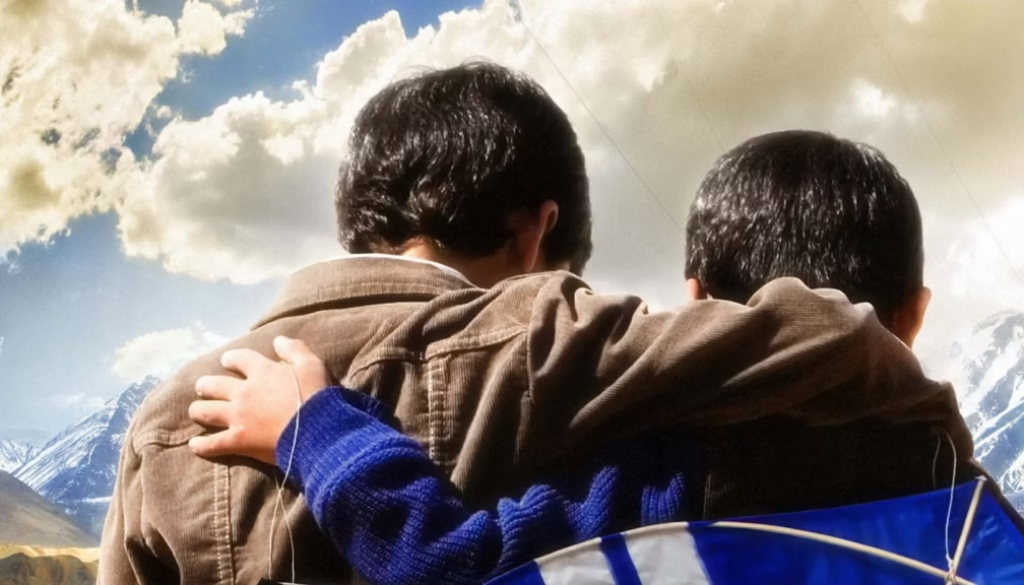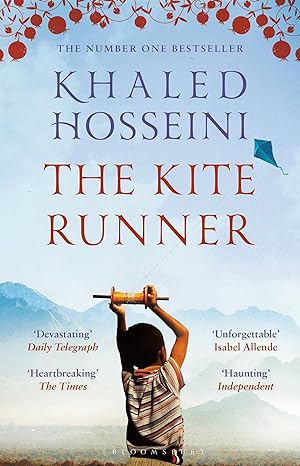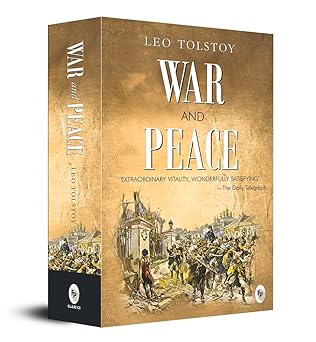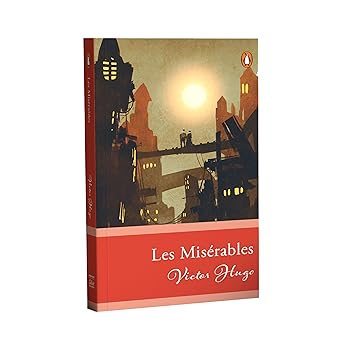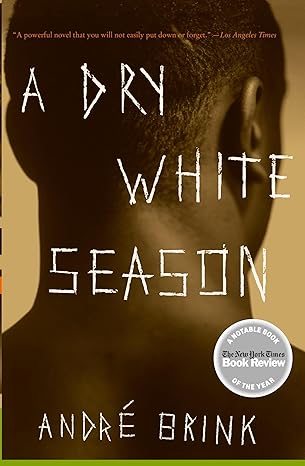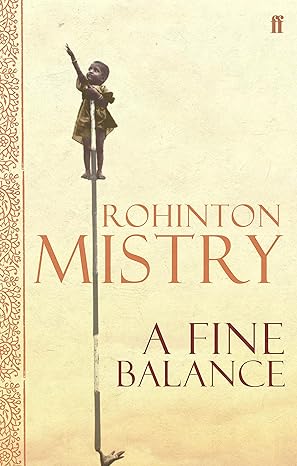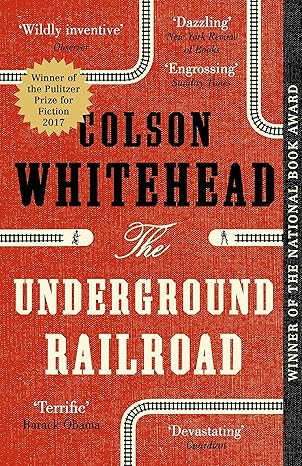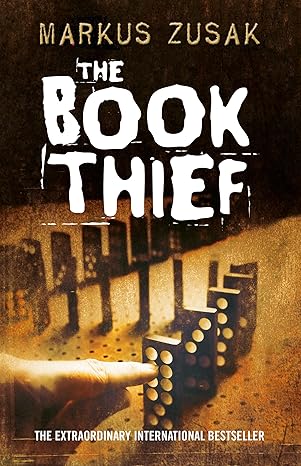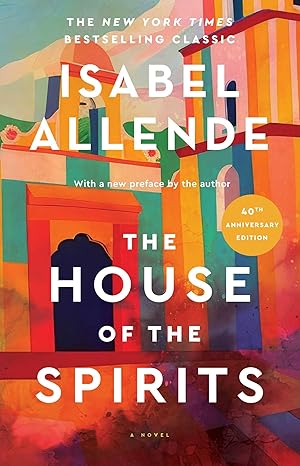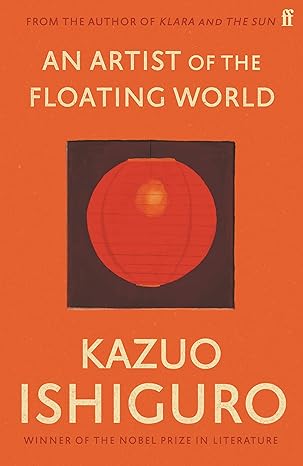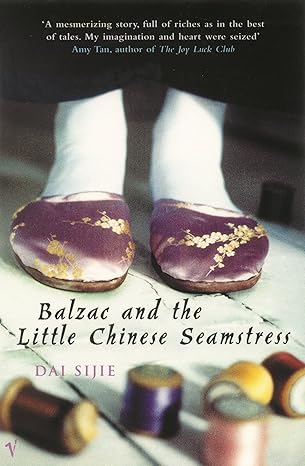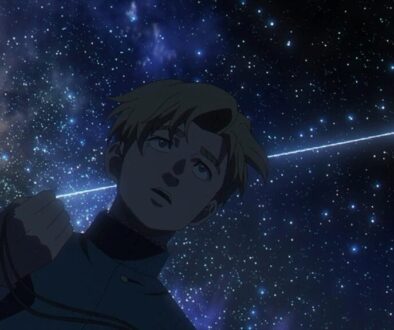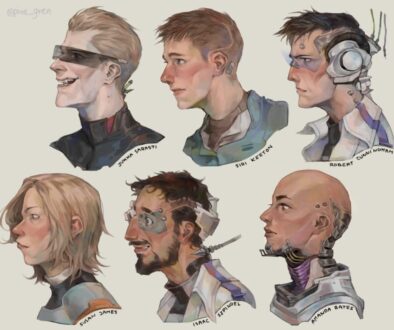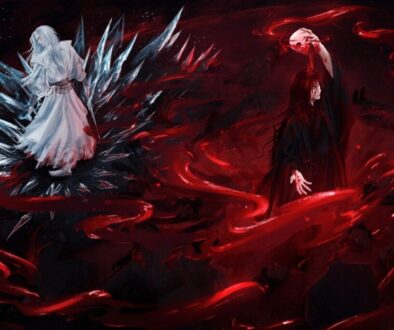Historical Fiction Around the World: Timeless Stories That Bring the Past to Life
Hi! Pixie Quill again! I LOVE yapping about Historical fiction and I hate writing Intros because I don’t know what to talk about here 🙂 So Let’s just talk about Historical Fiction around the Globe [Did you read my Historical fictions of different states of India tho?] Enjoy reading.
History is not just the past—it is a living, breathing entity that whispers its stories through the pages of great novels. Historical fiction has long served as a bridge between past and present, illuminating the socio-political fabric of different nations. From war-torn lands to revolutionary uprisings, from colonial oppression to cultural transformations, literature has chronicled the struggles, hopes, and resilience of societies across the world.
This journey through historical fiction will take us from the streets of Afghanistan to the grand estates of Russia, from the revolution in France to the apartheid struggles in South Africa. These books, written by masterful authors, encapsulate the essence of their respective eras, painting vivid pictures of human suffering, resilience, and transformation.
Afghanistan: Khaled Hosseini’s “The Kite Runner”
Afghanistan’s tumultuous history is beautifully and heartbreakingly rendered in Khaled Hosseini’s The Kite Runner. This novel follows Amir, a privileged boy in 1970s Kabul, and his complex relationship with Hassan, the son of his father’s servant. The Soviet invasion, the rise of the Taliban, and the exile of millions frame this intimate tale of friendship, guilt, and redemption.
Hosseini’s words evoke the vibrant yet fractured spirit of his homeland:
“For you, a thousand times over.”
These simple words, uttered by Hassan, reverberate with loyalty, sacrifice, and an unbreakable bond, even as Afghanistan falls apart under political strife
Russia: Leo Tolstoy’s “War and Peace”
Set against the backdrop of Napoleon’s invasion of Russia, War and Peace is not merely a novel—it is an odyssey. Tolstoy captures the vast socio-political and philosophical upheavals of early 19th-century Russia through the lives of aristocratic families.
Tolstoy masterfully conveys war’s chaos and the fragility of human existence:
“The strongest of all warriors are these two—time and patience.”
As Napoleon marches forward, the Russian spirit endures, reminding us that history is a battle not just of armies but of ideals and endurance.
France: Victor Hugo’s “Les Misérables”
Victor Hugo’s Les Misérables is a sweeping epic of justice and injustice, revolution and redemption. Set during post-revolutionary France and culminating in the June Rebellion of 1832, the novel follows Jean Valjean’s struggle for dignity in a society that seems determined to condemn him.
Hugo’s words echo the cries of the oppressed:
“Even the darkest night will end and the sun will rise.”
Through Valjean, Fantine, Marius, and the fervent students of the revolution, Hugo paints a stirring portrait of hope against tyranny.
South Africa: André Brink’s “A Dry White Season”
In A Dry White Season, André Brink exposes the horrors of apartheid-era South Africa. When a white man, Ben du Toit, starts investigating the death of a black man in police custody, he spirals into a world of political brutality and racial injustice.
Brink’s searing prose cuts deep:
“The most dangerous thing in the world is a man with nothing to lose.”
In this bleak yet necessary narrative, South Africa’s oppression is laid bare, and the price of dissent is paid in blood.
India: Rohinton Mistry’s “A Fine Balance”
Set during India’s Emergency period (1975-1977), A Fine Balance by Rohinton Mistry weaves together the lives of four characters struggling against the corruption and cruelty of political turmoil.
Mistry’s storytelling is suffused with poignant realism:
“You see, we cannot draw lines and compartments and refuse to budge beyond them. Sometimes we have to use our failures as stepping stones to success.”
Through its rich character studies, this novel captures the crushing weight of injustice and the fragile beauty of human connection.
United States: Colson Whitehead’s “The Underground Railroad”
Colson Whitehead reimagines the antebellum South in The Underground Railroad, where the secret network of escape routes for enslaved people is depicted as a literal railway beneath the earth. The novel follows Cora, a young slave who flees a Georgia plantation, encountering the brutal realities of racism at every turn.
Whitehead’s prose is haunting:
“If you want to see what this nation is all about, you have to ride the rails.”
This harrowing tale forces us to confront the historical sins that continue to shape contemporary America.
Germany: Markus Zusak’s “The Book Thief”
Set in Nazi Germany, The Book Thief follows Liesel Meminger, a girl who finds solace in stolen books while Death itself narrates the horrors of World War II.
Zusak’s poetic language captures both beauty and tragedy:
“I have hated words and I have loved them, and I hope I have made them right.”
In a world where books are burned, words remain the last refuge of the soul.
Chile: Isabel Allende’s “The House of the Spirits”
Isabel Allende’s magical realism in The House of the Spirits brings Chile’s history to life, from post-colonial struggles to the dictatorship of Pinochet. The novel follows generations of the Trueba family, blending personal and political revolutions.
Allende’s storytelling is enchanting:
“Memory is fragile and the space of a single life is brief, passing so quickly that we never get a chance to see the relationship between events.”
In this deeply evocative novel, history and destiny intertwine.
Japan: Kazuo Ishiguro’s “An Artist of the Floating World”
Set in post-World War II Japan, An Artist of the Floating World by Kazuo Ishiguro explores the moral reckoning of an artist who once supported imperialist propaganda. The novel is a meditation on guilt, memory, and shifting political ideologies.
Ishiguro’s restrained yet powerful prose lingers:
“There’s a certain kind of simplicity one has to admire.”
Through quiet reflection, the book examines the ghosts of a nation’s past.
China: The Cultural Revolution’s Ghosts
“Balzac and the Little Chinese Seamstress” by Dai Sijie
During Mao’s Cultural Revolution, intellectuals were sent to the countryside for re-education. In Balzac and the Little Chinese Seamstress, two young men discover a forbidden stash of Western literature, opening their eyes to beauty and rebellion. The novel highlights the suppression of intellectual freedom and the transformative power of storytelling:
“That is the magic of literature. It possesses the power to make men happy.”
Conclusion
From the echoes of war in Russia to the revolutionary cries of France, from the injustices of apartheid to the silent struggles of dictatorship, historical fiction breathes life into the past, allowing us to walk through time’s corridors and hear the voices of those long gone. These novels do not merely recount history; they force us to feel it, to weep for its losses, and to hope for a better tomorrow.
Through these pages, we learn that history is not just facts and dates—it is the collective heartbeat of humanity, pulsating across generations. As we turn each page, we do not just read history; we live it.
Discover more from Ge-erdy Verse
Subscribe to get the latest posts sent to your email.
